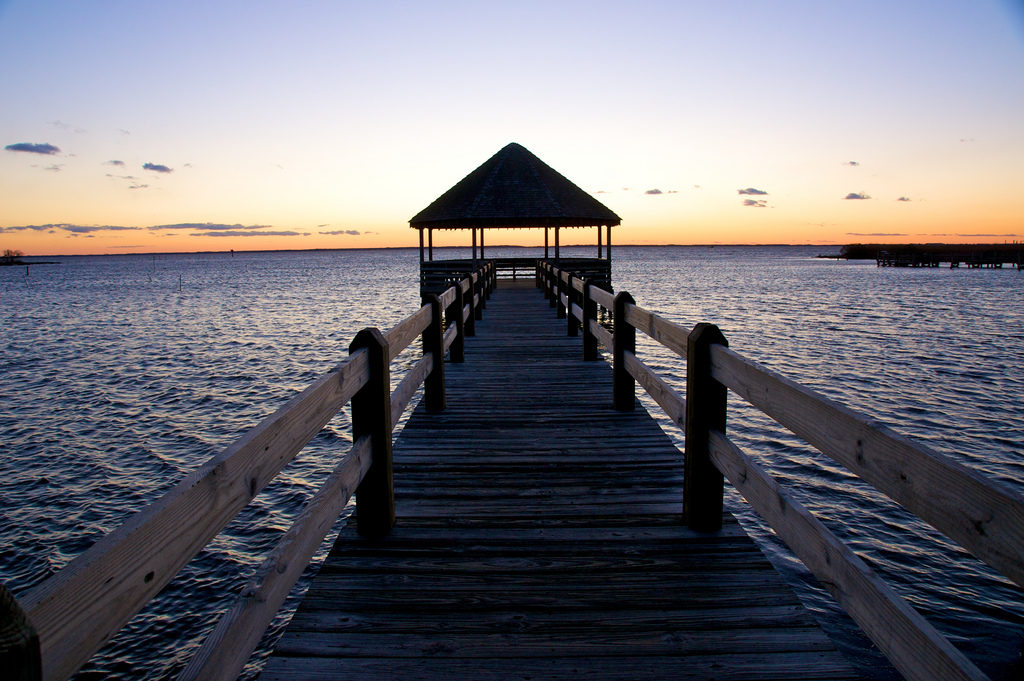
Global sea levels are rising by about a tenth of an inch per year, but in some places, the rise is faster… much faster. From 2011 to 2015, sea levels rose up to 5 inches – an inch per year – in some locales along the Eastern Seaboard. Places like Norfolk, Virginia and Miami are experiencing so-called sunny day flooding, something that had not been expected for decades according to climate projections. So, what is going on?
Researchers have zeroed in on three factors that have contributed to the southeastern U.S. shoreline becoming a regional hotspot of sea level rise. These are a slowing Gulf Stream, shifts in a North Atlantic weather pattern, and the effects of El Niño climate cycles.
The Gulf Stream transports warm water from the Gulf of Mexico into the North Atlantic, and all the way to Europe. A rapidly flowing Gulf Stream essentially whisks water away from the eastern seaboard. Because of the Earth’s rotation, the coastal side of the current can be several feet lower than the eastern side. When the Gulf Stream slows, the slope of the current decreases and more water pushes up against the land, causing flooding at high tides. The melting arctic is a major factor contributing to the slowing of the Gulf Stream.
The changing arctic is also creating changes to the Atlantic Oscillation, a major weather pattern that alters the jet stream and changes the distribution of water in the North Atlantic. El Niños also wreak havoc with the behavior of coastal waters.
Cities all along the eastern seaboard are breaking records for days with high tide flooding. As the oceans continue to warm and expand, such records will continue to be broken.
**********
Web Links
Flooding Hot Spots: Why Seas Are Rising Faster on the U.S. East Coast
Photo, posted December 31, 2008, courtesy of Alex Massengale via Flickr.
‘Rising Seas on the East Coast’ from Earth Wise is a production of WAMC Northeast Public Radio.
Leave a Reply